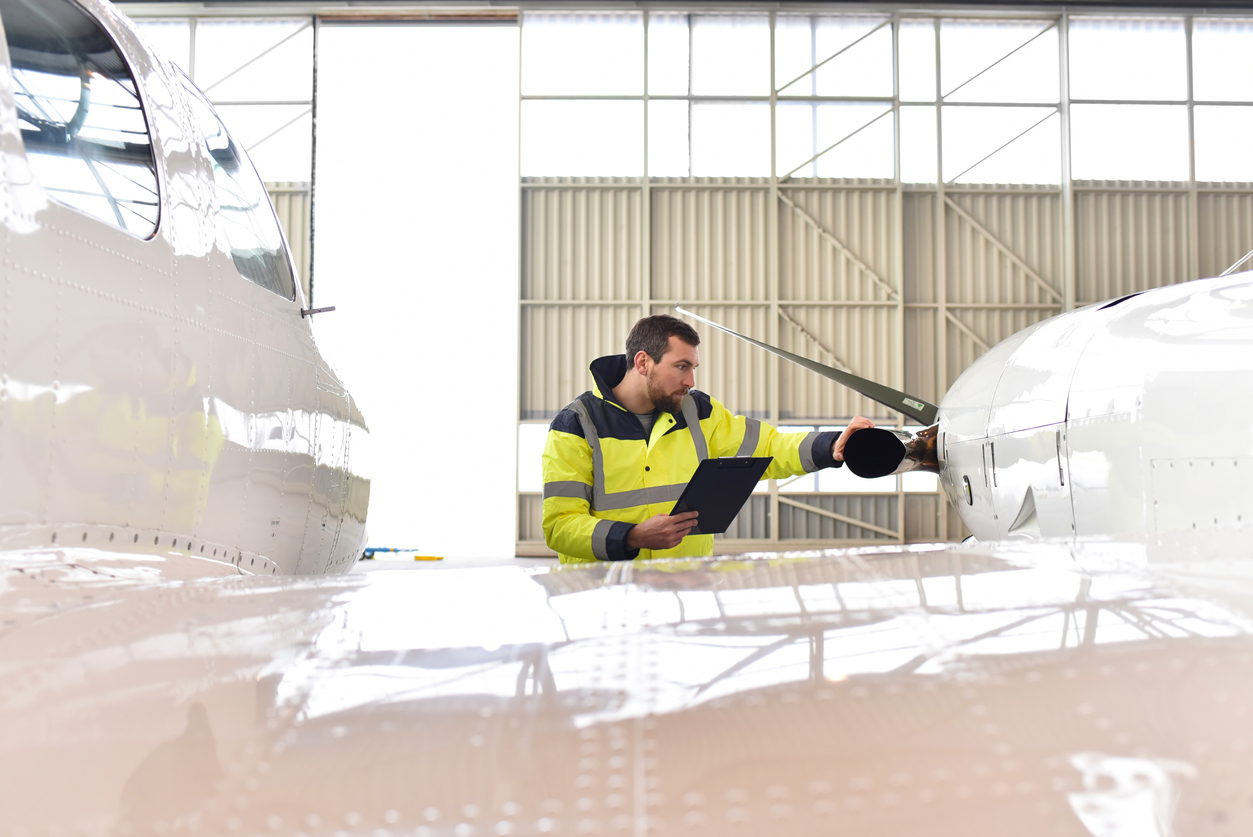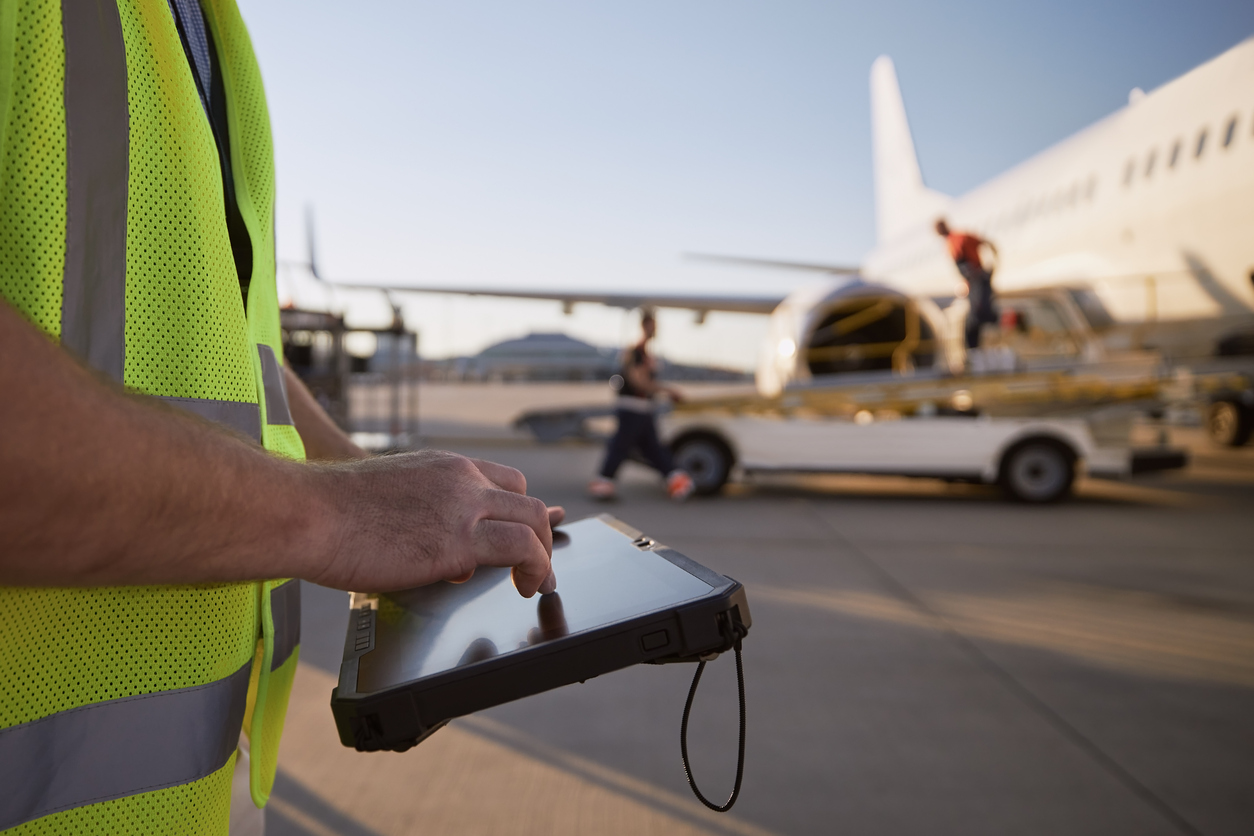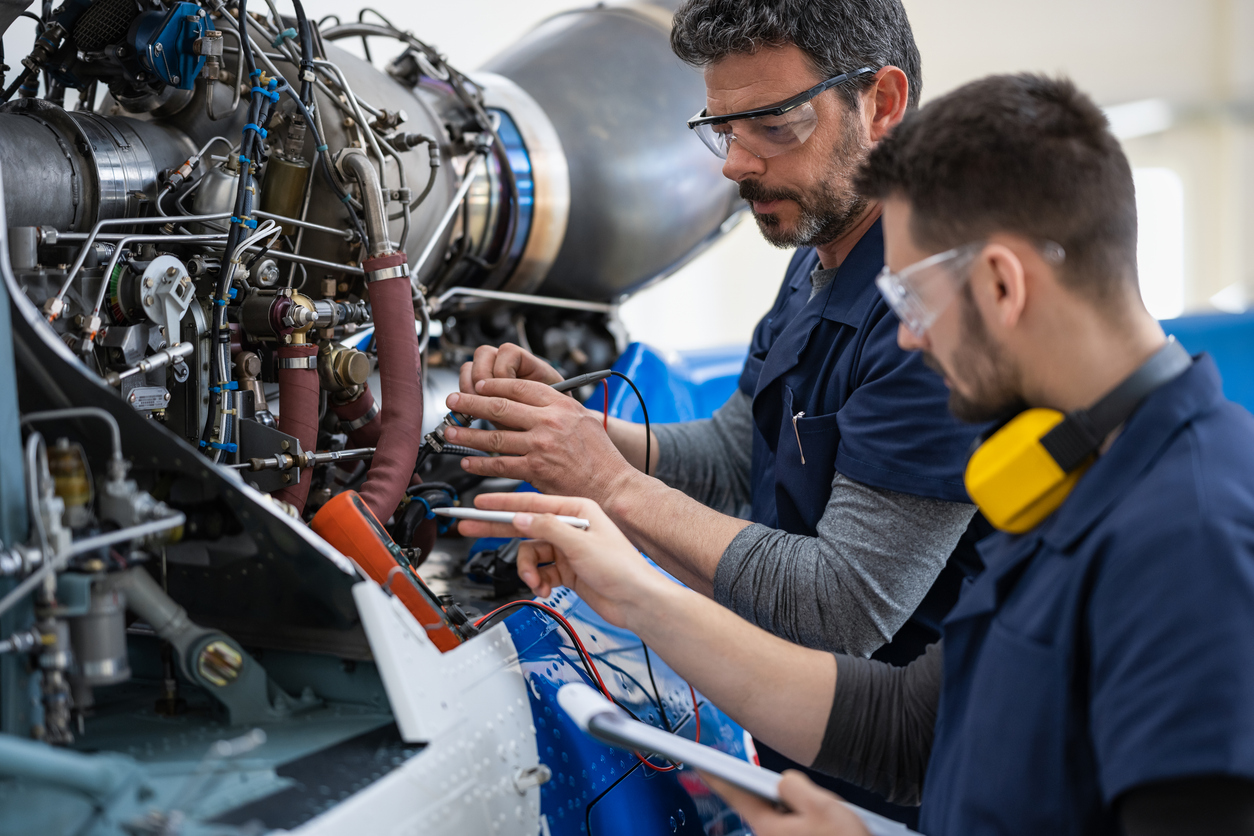M3 blog
Top 5 IT Challenges Facing Airlines and MROs Today

In the fast-paced world of Aviation and MRO (Maintenance, Repair, and Operations), technology is both a critical enabler and an ongoing challenge. Airlines and MROs rely on digital infrastructure to maintain safety, ensure compliance, and drive operational efficiency. But as fleets grow and systems become more complex, IT teams are facing mounting pressure.
Here are the top five IT challenges currently affecting airlines and MROs, and how forward-thinking teams are overcoming them.
1. Device Management at Scale
The Challenge:
Technicians rely on tablets and mobile devices for real-time access to tech pubs, digital checklists, and compliance documentation. But as these device fleets grow, managing updates, charging, access control, and OS versions becomes a massive operational burden.
The Solution:
Adopt a zero-touch deployment model that automates device readiness to eliminate the need for manual configuration. Automating updates, content syncs, and secure wipes frees your IT teams to focus on high-value tasks.
2. Maintaining Data Synchronicity Across Sites
The Challenge:
Large airlines and MROs operate across multiple hangars, airports, or even countries. Keeping every device updated with the same version of manuals and software is critical for compliance, but incredibly difficult without centralized control.
The Solution:
Deploy a centralized content distribution system that ensures consistent documentation and data flow to all devices, no matter the location. Systems that sync during off-hours or offline are especially effective for high-security or remote environments.
3. Reducing Compliance Risk from Manual Workflows
The Challenge:
Regulatory compliance (e.g., Transport Canada, FAA, EASA) demands that technicians use the latest documentation. If one device is missed during an update cycle, it could result in costly audit failures or operational delays.
The Solution:
Implement a compliance-first automation strategy. This means ensuring that a device cannot be checked out unless it’s charged, synced, and verified. An automated wipe and restore process after each use also guarantees data security and version control.
4. IT Resource Overload
The Challenge:
IT teams are stretched thin, especially when they’re responsible for both infrastructure and frontline device support. Managing hundreds of devices manually (troubleshooting, resetting, updating) leads to burnout and inefficiencies.
The Solution:
Minimize repetitive IT tasks through automation and self-serve platforms. Shared device kiosks with smart access control and remote monitoring reduce IT tickets and allow teams to scale operations without increasing headcount.
5. Lack of Visibility Into Device Usage and Health
The Challenge:
Without clear insight into which devices are being used, charged, updated, or idle, airlines struggle with over-purchasing or under-utilizing their hardware investments.
The Solution:
Use data-driven dashboards to track usage, charging status, compliance, and fleet health. Visibility into device behaviour helps IT make smarter decisions, prevent unnecessary purchases, and anticipate failures before they impact operations.
Final Thoughts
The aviation and MRO industries are under constant pressure to improve uptime, reduce costs, and stay compliant, all while adapting to rapid digital transformation. For IT leaders, the key isn’t just adding more tools, it’s choosing the right systems that scale with your operation.
M3 Solutions helps leading MRO’s and Airlines like Air Canada and Azul Airlines simplify their device management and reduce IT burden and ensure every tool is mission ready.




